Isico’s research wins the SOSORT Award
For the fourth consecutive year, Isico has obtained the most prestigious award for those involved in rehabilitative treatment of the spine, winning the SOSORT Award with the study Prediction of Future Curve Angle using Prior Visit Information in Previously Untreated Idiopathic Scoliosis: Natural History in Patients under 26 Years Old with Prior Radiographs.
The research, which involved 2317 patients with idiopathic scoliosis between 6 and 25 years old, was developed by our researchers (the Isico authors are Prof. Stefano Negrini, together with Dr Giulia Rebagliati, Dr Fabio Zaina, Dr Sabrina Donzelli and Dr Alberto Negrini) in collaboration with Dr Erik Parent of the University of Alberta, Canada. This project was funded by a Standard Research Grant from the Scoliosis Research Society.
“Understanding natural history helps inform the treatment selection for modifying the course of the disease or to avoid overtreatment – explains prof. Stefano Negrini, Isico Scientific Director- Previous models predicting curve progression lacked validation, did not include the full growth spectrum or included treated patients. Our aim was to develop and validate models to predict future curve angles using clinical data collected only at, or both at and prior to, an initial specialist consultation in idiopathic scoliosis”.
Scoliosis-specific exercises are recommended in small curves in skeletally immature patients, exercises and progressively more aggressive brace treatments are recommended for moderate and severe curves in 10% of growing children and adolescents and invasive corrective surgery is recommended in severe curves at risk of continued progression in adulthood for 0.1-0.3% of cases.
“Patients were previously untreated and provided at least one prior radiograph prospectively collected at first consult – continues prof. Negrini – We excluded those previously treated”.
Radiographs were remeasured blinded to the predicted outcome: the maximum Cobb angle on the last radiograph while untreated. Linear mixed-effects models with random effects and maximum likelihood estimate were used to examine the effect of data from the oldest visit (age, sex, maximum Cobb angle, Risser, and curve type) and from other visits while untreated (Max Cobb angle), and time (from oldest radiograph to prediction) on the Cobb angle outcome.
“Predictions models were proposed which can help clinicians predict future curve severity expected in patients not receiving treatment –ends prof. Negrini – Predictions can inform treatment prescription or show families why no treatment is recommended. Our models offer the flexibility to predict at a future timepoints over the full growth period. These validated models predicted future Cobb angle with 80% of predictions within 100 in non-treated idiopathic scoliosis over the full growth spectrum. Improved prediction ability may help clinicians inform treatment prescription or show families why no treatment is recommended”.


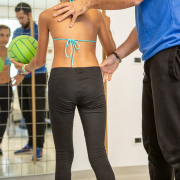
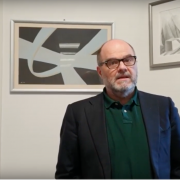

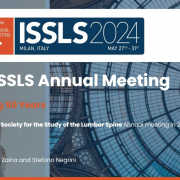
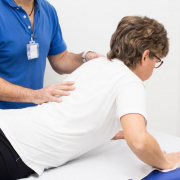

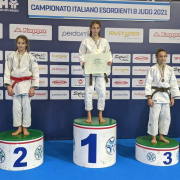



Leave a Reply
Want to join the discussion?Feel free to contribute!